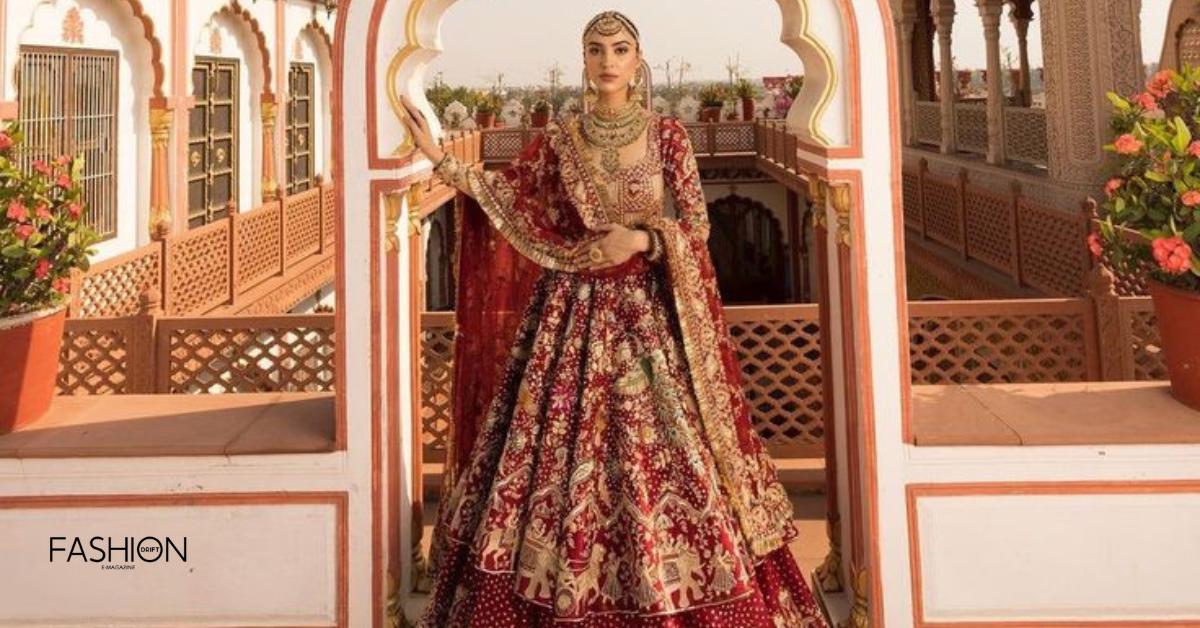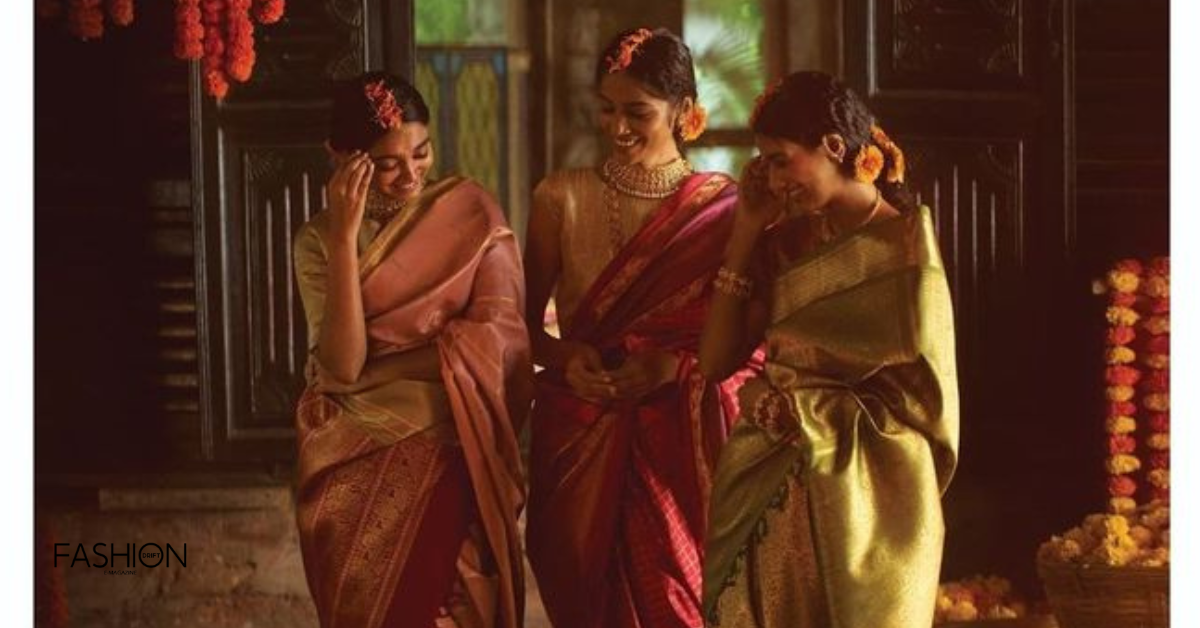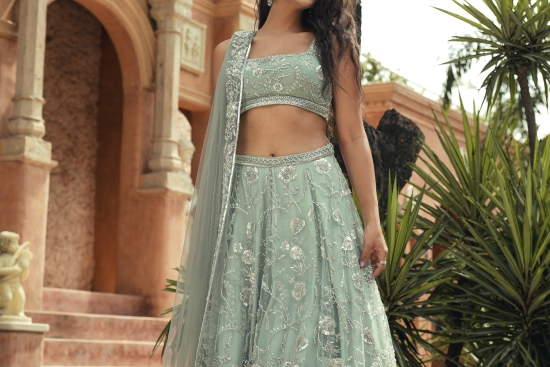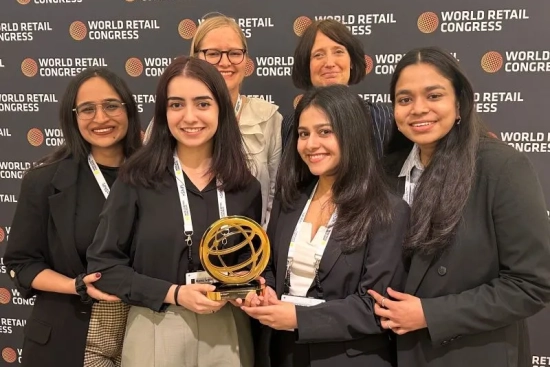
Fashion has always been a mirror reflecting society’s values, aspirations, and history. Cultural couture, a burgeoning trend in the world of style, embodies this concept by weaving together the threads of heritage and high fashion. This unique blend of traditional craftsmanship and modern design creates pieces that are not only aesthetically stunning but also culturally significant. In this article, we’ll delve into the fascinating interplay between heritage and high fashion, exploring its roots, contemporary relevance, and the lasting impact it has on the fashion industry and beyond.
1. The Roots of Cultural Couture
Preserving Tradition Through Fashion
Every culture has its unique artistic expressions, often encapsulated in traditional attire. From the intricate embroidery of Indian sarees to the vibrant patterns of African kente cloth, these designs are more than mere garments—they tell stories of history, geography, and community. High fashion designers, inspired by these rich narratives, have begun incorporating these elements into their collections, ensuring that traditional artistry finds a place in contemporary wardrobes.
The Rise of Globalization and Cross-Cultural Influences
Globalization has transformed the way we perceive and interact with different cultures. Fashion, as a universal language, has played a pivotal role in this exchange. Designers now draw inspiration from diverse cultures, blending motifs, techniques, and fabrics to create collections that celebrate global unity while respecting individual heritage.
2. The Key Elements of Cultural Couture
Traditional Techniques in Modern Design
Cultural couture often involves the use of age-old techniques such as hand-weaving, dyeing, and embroidery. For instance, Japanese designers frequently incorporate shibori dyeing methods, while Mexican designers highlight indigenous beadwork in their creations. By pairing these techniques with contemporary silhouettes, designers craft pieces that honor the past while appealing to modern aesthetics.
Sustainable and Ethical Practices
A significant aspect of cultural couture is its alignment with sustainable fashion. Many traditional techniques are inherently eco-friendly, relying on natural dyes and handcrafting methods. Additionally, collaborating with local artisans helps preserve their livelihoods, ensuring that these skills are passed down to future generations.
3. Cultural Couture in High Fashion Runways
Iconic Collections That Celebrate Heritage
Several high fashion houses have embraced cultural couture. For instance, Dior’s Spring/Summer 2020 collection celebrated African art, collaborating with artisans from the Ivory Coast. Similarly, Valentino’s Haute Couture 2019 collection highlighted the rich textures and colors of Indian textiles, bringing traditional craftsmanship to a global stage.
Breaking Stereotypes and Celebrating Diversity
The infusion of cultural elements into high fashion also challenges stereotypes. Instead of exoticizing or oversimplifying traditions, cultural couture emphasizes authenticity and depth, fostering a genuine appreciation for the cultures it represents.
4. Cultural Appropriation vs. Cultural Appreciation
Understanding the Fine Line
One of the most debated topics in cultural couture is the distinction between cultural appropriation and appreciation. While appreciation involves respectful collaboration and acknowledgment, appropriation often entails exploiting cultural symbols without proper understanding or credit.
How Designers Can Navigate This Space
To avoid appropriation, designers must engage with communities, collaborate with local artisans, and ensure that their work uplifts rather than exploits. Transparency, respect, and fair compensation are essential in this process.
5. The Role of Artisans in Cultural Couture
Guardians of Heritage
Artisans are the backbone of cultural couture. Their skills, often honed over generations, bring authenticity to these creations. Whether it’s the meticulous hand-knotting of Persian carpets or the delicate lacework of Chantilly, artisans breathe life into traditional techniques.
Empowering Communities Through Fashion
Collaborations between designers and artisans can lead to significant socio-economic benefits. By providing fair wages and global platforms, cultural couture helps sustain traditional crafts and uplift communities.
6. The Consumer’s Role in Cultural Couture
Making Informed Choices
As consumers, we play a crucial role in promoting cultural couture. Opting for brands that prioritize ethical practices and genuine cultural representation ensures that our purchases contribute positively to the fashion ecosystem.
Celebrating Diversity in Personal Style
Incorporating elements of cultural couture into our wardrobes is a way to celebrate diversity. By wearing pieces that tell a story, we not only embrace unique aesthetics but also connect with the rich histories they represent.
7. The Digital Revolution and Its Impact on Cultural Couture
Showcasing Heritage Through Social Media
Social media platforms like Instagram and Pinterest have become powerful tools for showcasing cultural couture. Designers and artisans can now reach global audiences, sharing the stories and processes behind their creations.
E-commerce: Making Cultural Couture Accessible
The rise of e-commerce has made cultural couture more accessible to consumers worldwide. Online platforms dedicated to artisan-made goods provide a marketplace for traditional crafts, bridging the gap between local artisans and global buyers.
8. Challenges in Preserving Cultural Couture
Threats of Homogenization
In an increasingly globalized world, there’s a risk of cultural elements being homogenized or diluted. Maintaining authenticity while appealing to a broader audience is a delicate balance.
Protecting Intellectual Property
Ensuring that artisans and communities retain intellectual property rights over their traditional designs is another significant challenge. Legal frameworks need to be strengthened to protect these invaluable cultural assets.
9. The Future of Cultural Couture
Embracing Innovation
The future of cultural couture lies in innovation. By blending technology with tradition—such as using 3D printing to replicate intricate embroidery—designers can push boundaries while preserving heritage.
Fostering Global Collaboration
As cultural couture continues to gain prominence, fostering global collaboration will be key. Partnerships between designers, artisans, and cultural organizations can lead to groundbreaking creations that celebrate diversity.
10. Conclusion: Fashion as a Bridge Between Past and Present
Cultural couture represents the harmonious blend of heritage and high fashion, serving as a bridge between the past and the present. It’s a testament to the enduring power of tradition, showcasing how age-old techniques can find relevance in today’s fast-paced world. By embracing cultural couture, we not only celebrate diversity but also contribute to a more inclusive, ethical, and sustainable fashion industry.
Whether you’re a designer, consumer, or artisan, the journey of cultural couture invites us all to cherish and honor the rich tapestry of global traditions. As we move forward, let’s continue to explore and celebrate the intersection of heritage and high fashion, ensuring that the stories of our ancestors are woven into the fabric of our future.








